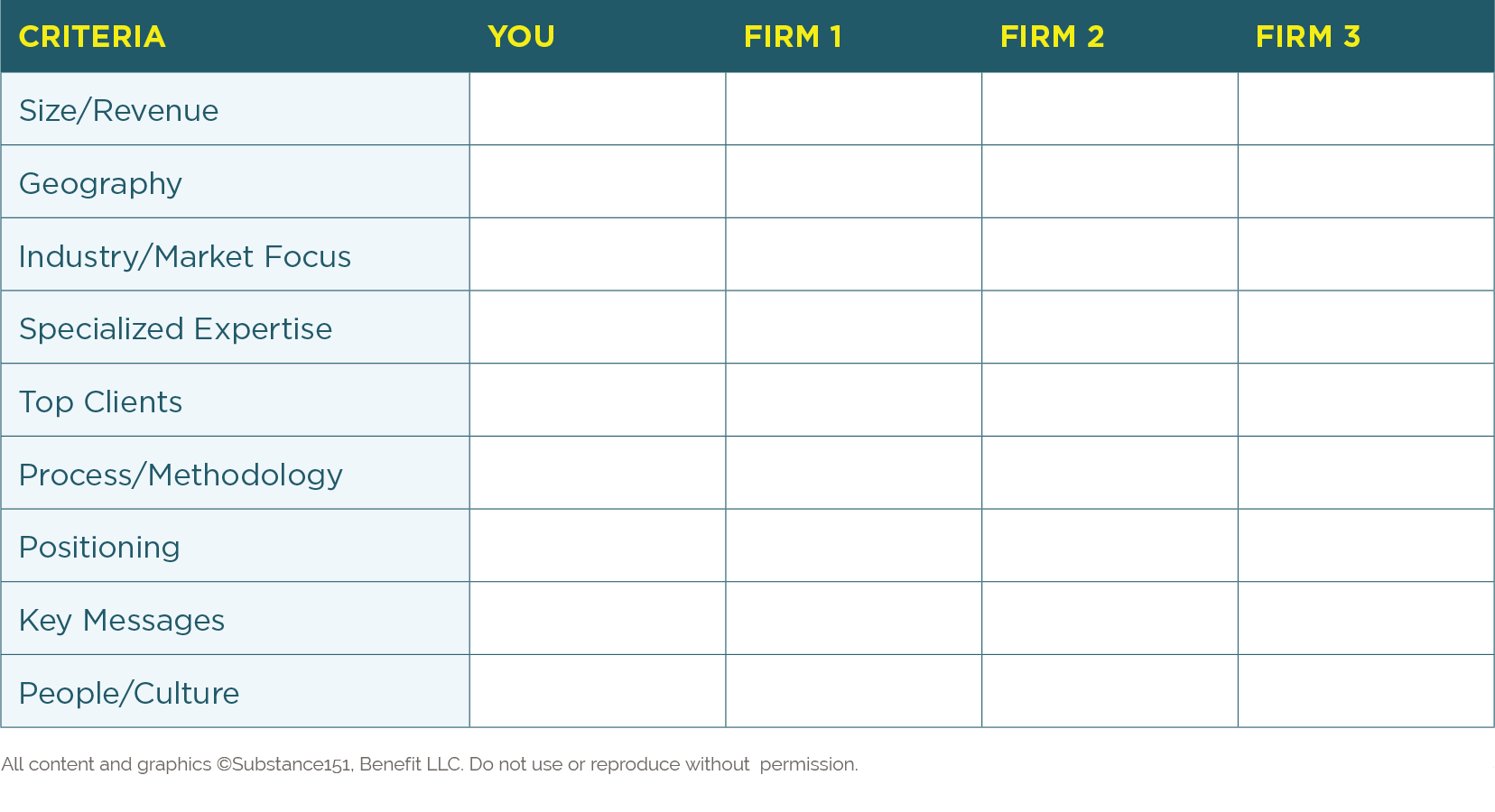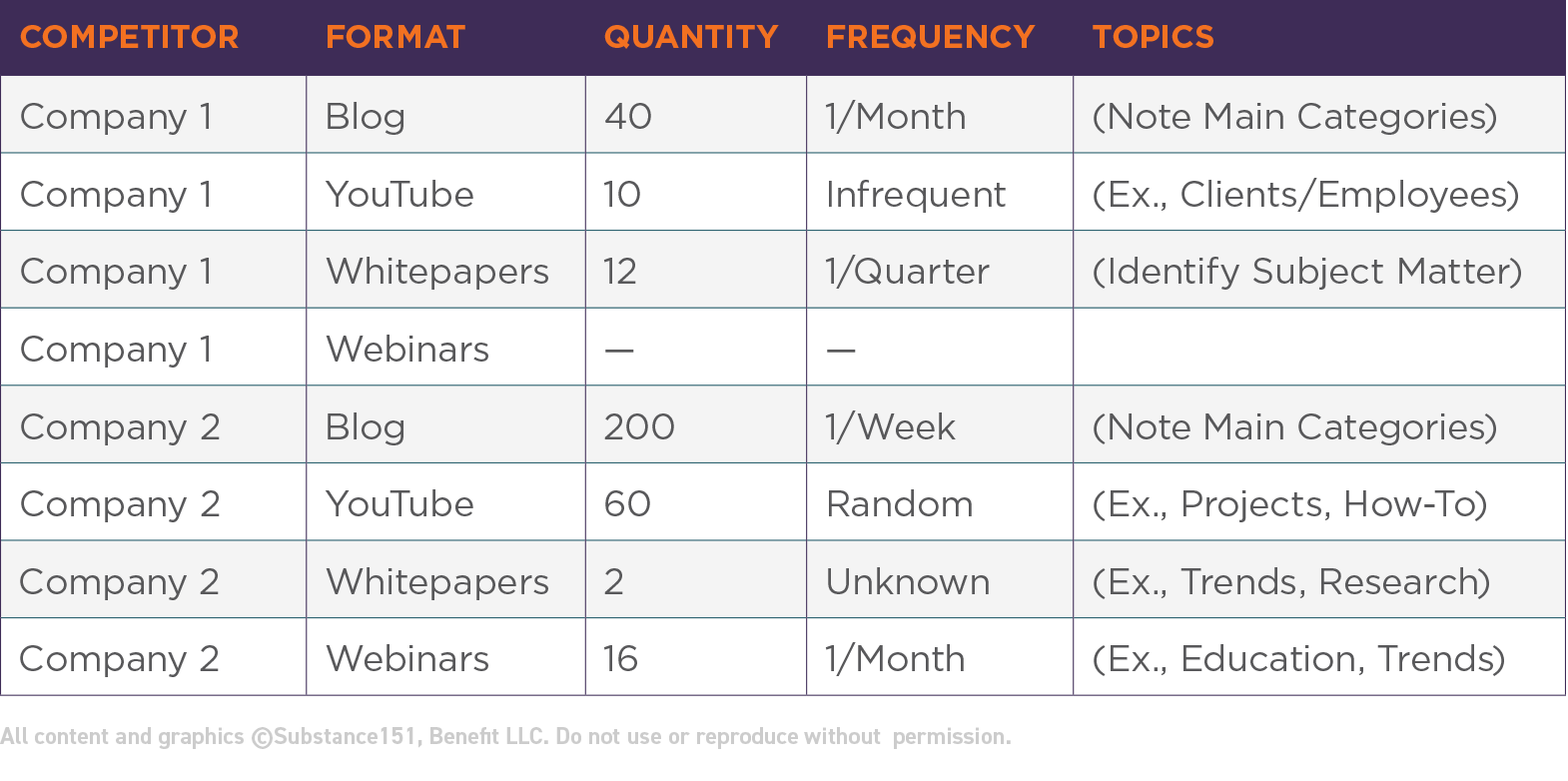
Traditionally, marketing has relied on lengthy, rigid, long-term plans. The plans that take a long time to develop – and yet sometimes only three months into execution we realize that the world has changed so much that our plan is no longer useful. This sounds like March of 2020, doesn’t it? How many of you had to throw out your content strategy and editorial calendars?
And even putting the pressure of the pandemic and economy aside, many internal and external factors require us to rethink traditional marketing approaches. As customers change, new competition enters, and new technologies emerge, companies must be able to flex and adapt. And fast.
In the Content Marketing Institute’s 2021 Planning Guide, a group of experts agrees that we must create a strategy that’s flexible.
Enter Agile marketing planning!
In the dictionary sense, “agile” means “nimble,” able to move quickly and easily. Agile with a capital “a” refers to a software development methodology, which has now made its way into general business processes, project management – and yes, marketing.
Agile promotes planning and working in shorter intervals – breaking up long-term, big-picture goals into more manageable chunks, which helps marketers manage change more effectively.
Time and resources are not wasted on endless upfront planning based only on assumptions. And because data and feedback are collected at each critical juncture, plans can be refined gradually based on that data and feedback.
This not only leads to a more efficient process but also to far better marketing results.
What’s more, when circumstances require, Agile empowers marketers to embrace change and make necessary adjustments rather than blindly continue to follow their plan.
This is not a call for marketing without a plan (one of the most common myths about Agile). Modern marketing is complicated, and it can’t succeed without a solid plan behind it.
This is also not about constantly shifting gears – marketing activities take time to yield results.
This is about creating plans with more room to flex and knowing when to stop following the plan just because it’s The Plan. Instead of setting your plan in stone for the next 12 months or pushing forward as planned no matter what, make sure you recalibrate quarterly, and revisit monthly.
Where do you start? First, let’s look at where not to start – with your last year’s template. Unless nothing has changed and your goals are exactly the same, none of which is probably true this year, it doesn’t matter what you planned to do or spend last year. Or the year before.
Annual planning is also a great time to get your marketing house in order! It doesn’t mean you are starting from scratch every year, but this is an opportunity to revisit your marketing foundations.
Even if you don’t follow Agile processes, today’s marketing relies on customer- and data-driven learning, so you must start with marketing research.
Has anything changed in your company’s definition of its “ideal” client? And if you don’t have your ideal client defined, start there.
Even if the type of clients you are pursuing hasn’t changed, think about all the changes in your clients’ world – have their needs and priorities changed? Do they need and want the same things from you and from similar companies as they did a year ago? What does your company need to do to become essential and a true partner to its clients in 2021?
How do you know the answers? Ask your clients! Conduct customer research to understand your audiences’ evolving needs – use perception surveys, one-on-one interviews and client feedback tools.
For over a decade we’ve used this method as part of our brand development process, and now we are sharing it with you. Follow the process outlined in this guide for deeper customer insight that gives you a competitive edge.
Understanding your prospects’ and customers’ journeys is absolutely essential for serving their needs. Numerous research studies point to the fact that prospects are more than halfway through their decision-making process before they contact a company. To engage your prospective clients, you need to get ahead of them and assist them in this largely self-directed buyer’s journey.
If you haven’t taken the time to do detailed journey mapping build this into this year’s plan.
Conducting a brand audit is often perceived as a huge, time-consuming undertaking – and one filled with the anxiety of not knowing what you’re going to uncover.
We recommend you audit your brand annually, as you revisit your marketing plan – even if everything remains status quo.
Additionally, any significant business changes, such as M&A, leadership transition, competitors activities, entering new markets, or launching new products or services, trigger the need for a brand check-up to ensure that the brand remains in alignment with the company vision and strategic direction.
Our step-by-step guide to conducting a brand audit provides you with help to ensure your brand is on track – and if it’s not, help to get it back under your control.
Is your brand voice distinct and consistent? Are your brand expressions, marketing materials, communications and touchpoints working as hard as they should? Do they support your firm’s desired brand perception? Do they provide a rewarding customer experience?
Identify what’s missing in your toolbox – and also what tools are outdated or no longer needed.
Assuming that there have been no major changes in a company direction and that you perform competitive research on a regular basis, this could be a quick scan. Focus on the areas you need for your annual marketing planning: What has changed since last year? Are there new competitors? Are your competitors doing new things?
Fortunately, the overall transparency of today’s communications and easy access to information, simplifies this process. For example, take a look at the competitor’s websites and other public channels, and you can easily audit their positioning and message, offerings and key areas of expertise, or the strength of their brand, content and social media marketing.

The data points will vary depending on the information you seek. For example, if you are doing a competitive brand audit, your research criteria would focus on different aspects of the brand.
Content strategy, of course, is a big part of any marketing plan today!

To evaluate your competitors’ content marketing, create a matrix that captures the types and formats of published content, channels, frequency and topics.
Analyze what you’ve collected, looking for opportunities to fill any gaps in client education, thought leadership, case studies and industry trends.
What’s missing in the conversation that you can use to set your firm apart? Or, what is everyone talking about that you are not, so it’s starting to hurt your reputation as an expert?
Using this analysis and any other matrixes you develop is also a great way to benchmark and compare data over time and helps you notice any trends in what your competitors are doing vs. what your firm is doing.
For your quarterly and monthly planning you don’t need to go into this depth of research, unless there are major changes – inside or outside the firm. What you focus on throughout the year is taking stock of what you’ve accomplished and what you haven’t, which will tell you where you should focus next.
Marketing planning has always required significant investment in time and resources. And today, we have even more complexities due to our fast-changing environment and multitude of choices when it comes to tactics, tools and technologies.
This could lead to a marketing plan with too many unrealistic ambitions and competing priorities. As a result, not enough time and resources are allocated to executing each goal.
Marketing plans are often overwhelming because they are not developed with the realities of execution in mind.
The value of Agile (incremental) planning is that it makes the world of options a whole lot smaller and enables your marketing team to stop working on everything and zero in on select strategies and programs in the service of achieving your primary goal.
Using data, research and feedback as you go along is essential and will allow you to course-correct before too long, saving time and money otherwise spent on going down the wrong path.
Follow these steps to make sure that your plan aligns with the realities of execution.
Ask yourself: Does the goal state the actual tangible result we want to see? If not, how can we refine the goal so that marketing can focus on what the firm really wants to achieve?
Instead of broadly stated objectives, think about what success looks like in very concrete and tangible terms. And since marketing gets business direction and objectives from leadership, you have to push for getting specifics. For example, instead of “further geographic expansion and client acquisition in our target markets,” the objective would be, “We want 6 new clients by the end of the year.”
Knowing you only need 6 new clients, perhaps you can create a plan focused on closing business already in the pipeline rather than a broad plan for “expansion and acquisition” that may not be focused enough to be effective at getting the 6 new clients your firm really wants.
Will a specific activity get you to the stated result? If not, what would serve your better?
For example, you may be putting a lot of energy into sending out email marketing campaigns to help stay top of mind with your entire list. But what your firm really wants is to increase market share within a specific niche.
Unless you have time and resources to do both, the generic content of your emails will result in the lost opportunity to reach the niche market you are after. Stop wasting your time on one-size-fits-all campaigns and put your energy into developing content tailored for that very specific audience your firm wants to reach.
To make your plan executable, you either need to have the in-house talent and capacity to execute or the budget to bring in outside experts.
For example, you shouldn’t build your plan around video content – no matter how effective video may be – if you don’t have any video assets or skills/budget to develop them.
Similarly, if you state you want to become a thought leader in your market – a strategy that requires creating and publishing a huge amount of original, high-quality content – consider this: Do you have the time and resources that it takes to develop articles, whitepapers, research reports, e-books, webinars and more?
You might have the right strategy and plan to achieve desired results but not the resources to execute at the level required to make a dent.
Think about: Are we experts in this? Is this something we can train our in-house team to do, or will this require a much higher level of knowledge and specialized expertise?
Consider whether you have the capacity for the planned activities. If not, how does the plan or the goal need to be adjusted, or how can you acquire the necessary capacity?
It’s tempting to try to do it all. Yet, companies are better served when they stay laser-focused on a few high-impact goals that are executable. Prioritize what’s truly important – for your clients and for your company’s bottomline.
A plan on paper means nothing. Setting realistic goals will ensure that you can actually execute and show results.
Although sticky notes still work, in the age of digital and working from home, you need a new set of tools that can help your team with visioning, brainstorming and collaborative planning, as well as staying on track when it’s time to execute. Yet with so many tools and technologies available today, it’s easy to get overwhelmed.
Here are a few of our favorites:

Miro and Mural: both apps provide tools for intuitive and visual online collaboration, digital whiteboarding, flow mapping, brainstorming and facilitated workshops, as well as developing presentations. Miro comes with a large library of templates, which makes it easier to jumpstart your boards and projects.
Click here for feature-by-feature and pricing comparisons.
Asana and Trello: both project management apps offer tools for creating visual project flow, team collaboration and sharing project-related resources all in one place. Trello is more suitable for Agile framework as it’s focused on visual (Kanban board) project planning. Asana offers more traditional task-centered project planning.
Click here for a feature-by-feature comparison.
Monday.com: offers a centralized hub for remote collaboration, project management, and calendar planning and offers multiple workspaces to help organize individual projects and teams. You could create separate spaces for annual, quarterly and monthly goals and tasks, as well as keep track of weekly and daily assignments.
The @mention is useful for streamlining communications between individual team members, and file upload to specific tasks helps organize related documents.
Whether you follow the Agile marketing approach to a tee or simply incorporate some of its ideas to increase the effectiveness of your marketing, the incremental approach to planning will yield better results.
At Substance151, we help companies develop brand and marketing strategies that increase awareness, engagement, leads and conversion, maximizing the total marketing effort. Contact us to start a conversation about generating results for your company.
Make This THE Year We Finally … a More Practical Approach to Marketing Planning
Marketing in the Real World – Most Important Decisions for Avoiding Execution Paralysis
Your Step-By-Step Guide to Conducting a Brand Audit (e-guide)
Knowledge Is Revenue: How to Conduct Killer Customer and Competitor Research
Also visit:
Rebranding Resource Center for Busy Marketers and Business Leaders
Marketing Resources and Tools for Real-World Results
Download a free PDF of this article here.